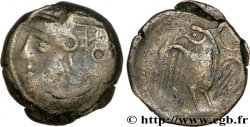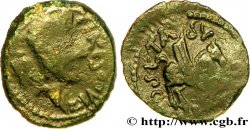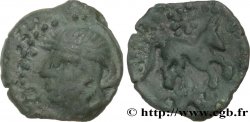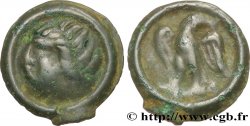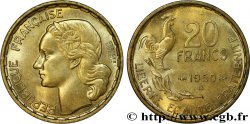bga_241097 - GALLIA - CARNUTES (Beauce area) Bronze lourd à l’aigle et au croissant
80.00 €(Approx. 93.60$ | 68.00£)
Quantity
Add to your cart

Type : Bronze lourd à l’aigle et au croissant
Date: c. 52 AC.
Mint name / Town : Chartres (28)
Metal : bronze
Diameter : 18 mm
Orientation dies : 3 h.
Weight : 7,02 g.
Rarity : R1
Coments on the condition:
Flan large et épais. Droit et revers complets, mais de frappe un peu molle, surtout au droit. Patine sombre et brillante, avec quelques oxydations orangées
Catalogue references :
Predigree :
Ce bronze provient de la collection P. Gendre et est indiqué provenir de Vendeuil-Caply (60)
Obverse
Obverse legend : ANÉPIGRAPHE.
Obverse description : Tête casquée à gauche, grènetis.
Reverse
Reverse legend : ANÉPIGRAPHE.
Reverse description : Aigle debout de face, les ailes déployées, la tête tournée à gauche ; au-dessus de l’aile gauche, un croissant de lune.
Commentary
Ce type de module est assez peu fréquent pour les bronzes gaulois, mais cette série précise est toujours frappée sur des flans larges et épais, souvent très lourds.
Exemplaire de poids lourd, avec plus de 7 grammes !.
Exemplaire de poids lourd, avec plus de 7 grammes !.







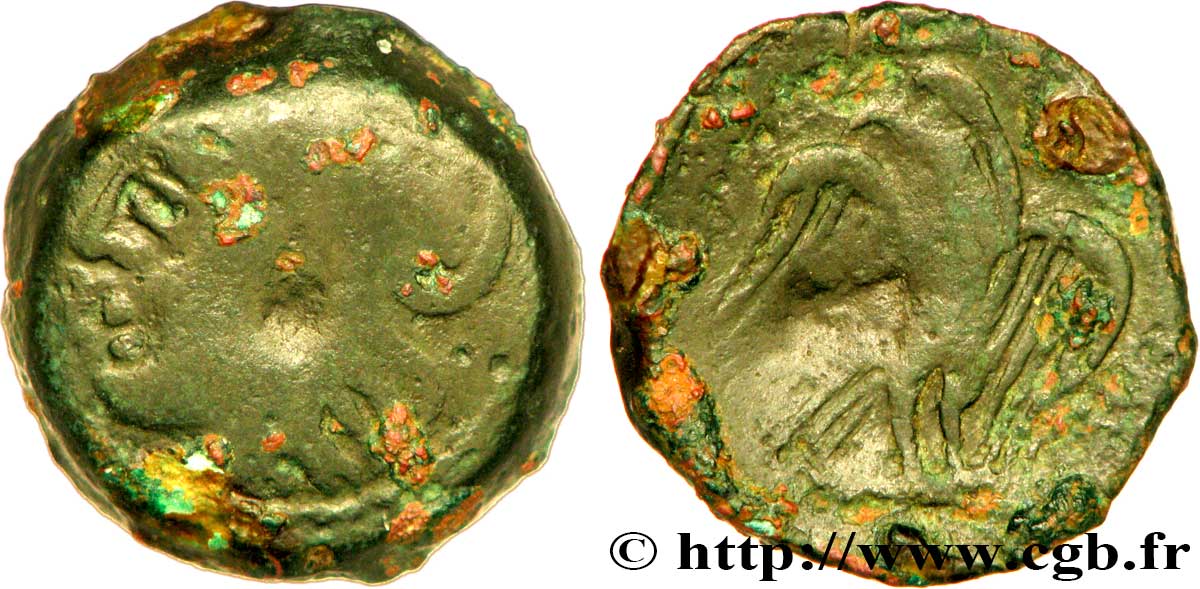
 Report a mistake
Report a mistake Print the page
Print the page Share my selection
Share my selection Ask a question
Ask a question Consign / sell
Consign / sell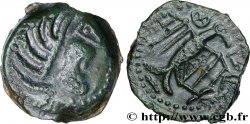
 Full data
Full data